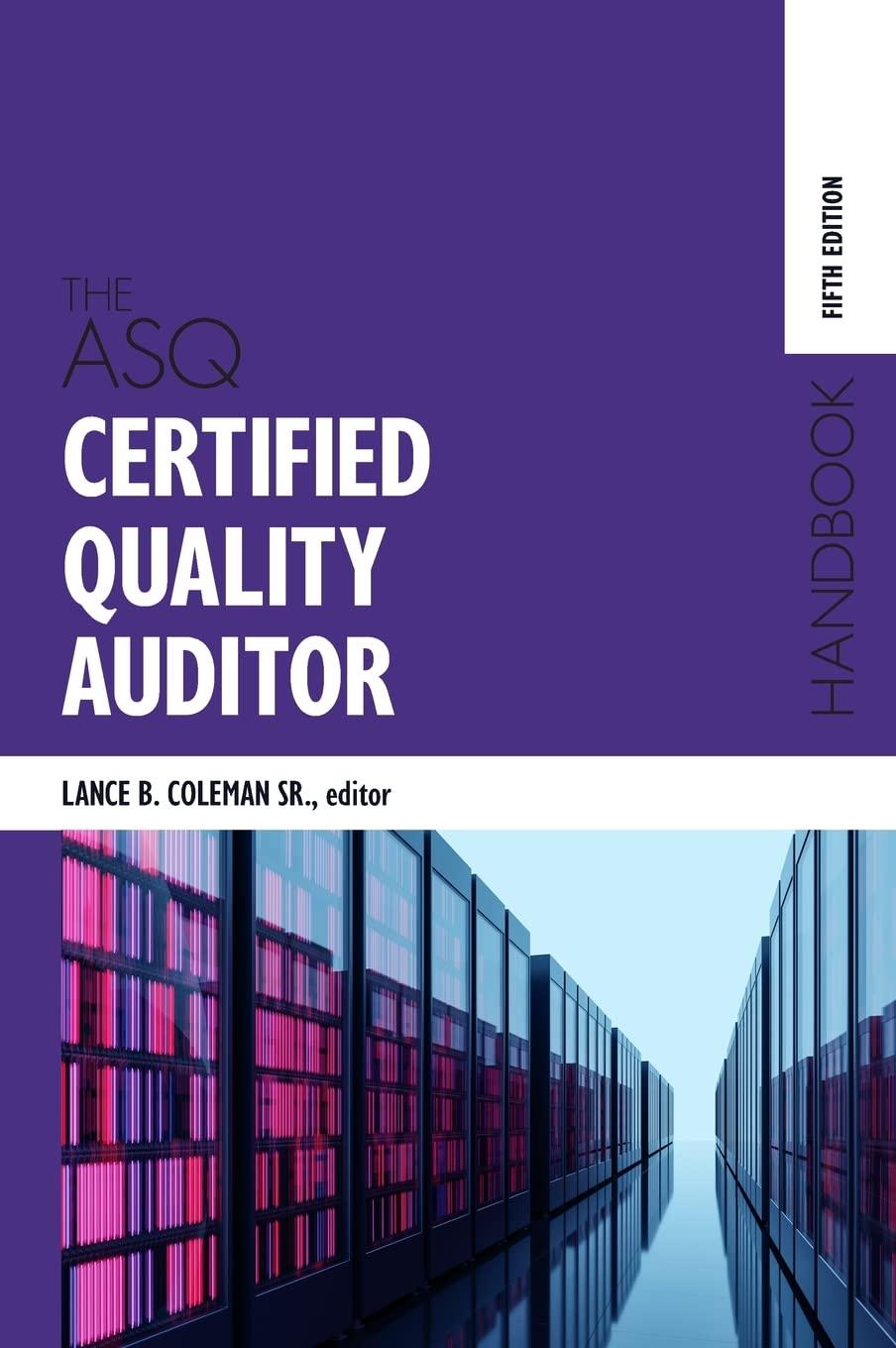1) To test the Efficiency market hypothesis (EMH), researchers have designed tests to measure the excess returns of one or several stocks resulting from the public announcement of an event than in normal circumstances will have a significant impact on their market price (such as earnings announcement). Which one of the following EMH versions this type of tests is specifically addressing? a. The weak version of EMH b. The semi-strong version of c. The strong version of EMH d. All three versions of EMH 2) To test the Efficiency market hypothesis (EMH), researchers have designed tests to measure the excess returns of portfolios composed by market (possibly) undervalued stocks over and above portfolios representative of the market average risk and return. Which one of the following EMH versions this type of tests is specifically addressing? a. The weak version of EMH b. The semi-strong version of EMH C. The strong version of EMH d. All three versions of EMH 3) Which one of the following is not an implication of market efficiency? a. 50 percent of the investors will beat the market. b. The laws of probability would suggest that a fairly large number are going to beat the market consistently over long periods, not because of their investment strategies but because they are lucky. c. The concept of market efficiency as a challenge to the existence of managers and analysts. d. Stock prices cannot deviate from true value. 4) Which one of the following cases is a confirmation of the efficiency market hypothesis? a. The case of small capitalization companies. b. The performance records posted by many of the investors who learned their lessons from Benjamin Graham in the 1950s. c. The case of cumulative abnormal returns of stocks of firms over the 60 days following an announcement of quarterly earnings. d. None of the above. 5) "Prices, even in random market movements, will exhibit trends regardless of the time frame being observed. In other words, a stock price is more likely to continue a past trend than move erratically." This statement is in agreement with which one of the following investment strategies? a. Technical analysis. b. Passive strategy. c. Value investing. d. Growth investing











